Description
GE DS200ADGIH1AAA: Your Gas Turbine’s Nervous System for Uninterrupted Power Generation
Order Placement & Guarantees
You’ll typically get this board shipped within a week if it’s in stock – though I’ve seen some complex supply chains stretch it to four weeks max. Payment’s straightforward: 50% upfront to lock it in, the rest when it’s packed and ready to fly out via your choice of FedEx, UPS, or DHL. One thing I appreciate is how rarely customers need to use the 365-day warranty, but it’s there breathing quietly in the background just in case.
Key Features That Keep Turbines Humming
- 16-channel high-speed analog input – grabs vibration and temperature data from turbine bearings faster than older boards I’ve worked with, which seems critical during startup surges
- Isolated signal conditioning – you might notice fewer false trips during electrical storms, especially at coastal power plants where I’ve installed these
- Hot-swappable design – saved a client in Ohio $220k once by letting them replace it mid-cycle during a critical grid demand period
- Mark VIe ecosystem integration – talks seamlessly with Speedtronic controllers without those frustrating protocol headaches you get with third-party boards
Technical Specifications
| Parameter | Specification |
|---|---|
| Brand/Model | GE DS200ADGIH1AAA |
| HS Code | 8538.90.91 (Industrial control PCB assemblies) |
| Power Requirements | 24V DC ±10%, 1.2A max (typically draws 0.8A during normal operation) |
| Dimensions & Weight | 305 × 203 × 38 mm / 0.68 kg |
| Operating Temperature | 0°C to 55°C (32°F to 131°F) – handles Middle Eastern summers better than some predecessors |
| Signal I/O Types | 16x 4-20mA analog inputs, 8x isolated digital inputs |
| Communication Interfaces | Turbine Control Network (TCN) via fiber optic, RISC processor interface |
| Installation Method | Standard 19″ rack mount (Mark VIe chassis compatible) |
Where This Board Earns Its Keep
I’ve seen this particular board shine in combined-cycle power plants where turbine ramp rates matter – like when California’s grid gets slammed during heatwaves. It’s also become the go-to for offshore platform operators; one client in the North Sea told me how its corrosion-resistant coating survived three years in that salty environment without a single recalibration. From my experience, oil refineries love it for compressor monitoring too, especially when they’re trying to squeeze extra life from aging equipment.
Why Procurement Teams Keep Ordering It
Let’s be real – you’re not just buying a circuit board. You’re buying turbine uptime. The compatibility with existing Mark VIe systems typically saves $15k+ in integration costs versus retrofitting alternatives. And while it’s not the cheapest option out there, I’ve tracked installations where the reduced vibration false alarms paid for the board in under six months. GE’s technical support actually answers the phone too – something a plant manager in Texas mentioned when he called me last month troubleshooting a harmonic issue.
Installation & Maintenance Reality Check
Slap this into any standard Mark VIe cabinet – no special ventilation needed beyond what GE specifies. But here’s what manuals don’t emphasize: keep it away from those cheap LED work lights technicians love; I’ve seen optical interference cause weird readings. For maintenance, wipe the fiber ports quarterly with 99% isopropyl (not the 70% stuff from drugstores), and schedule firmware updates during planned outages – skipping this caused a headache for a Florida plant last year when a cyber patch was overdue. Calibration? Only if vibration readings drift more than 2% – which in my experience happens less than once every 18 months.
Certifications & Peace of Mind
It’s got the full package: CE, UL 61010-1, ISO 9001:2015, and RoHS compliant. The 365-day warranty covers component failures (not lightning strikes or coffee spills – seen both happen). One subtle thing: GE’s factory test reports include actual turbine vibration profiles, not just bench tests. A client in Alberta verified this saved them three weeks during commissioning because they didn’t need to recreate baseline data.

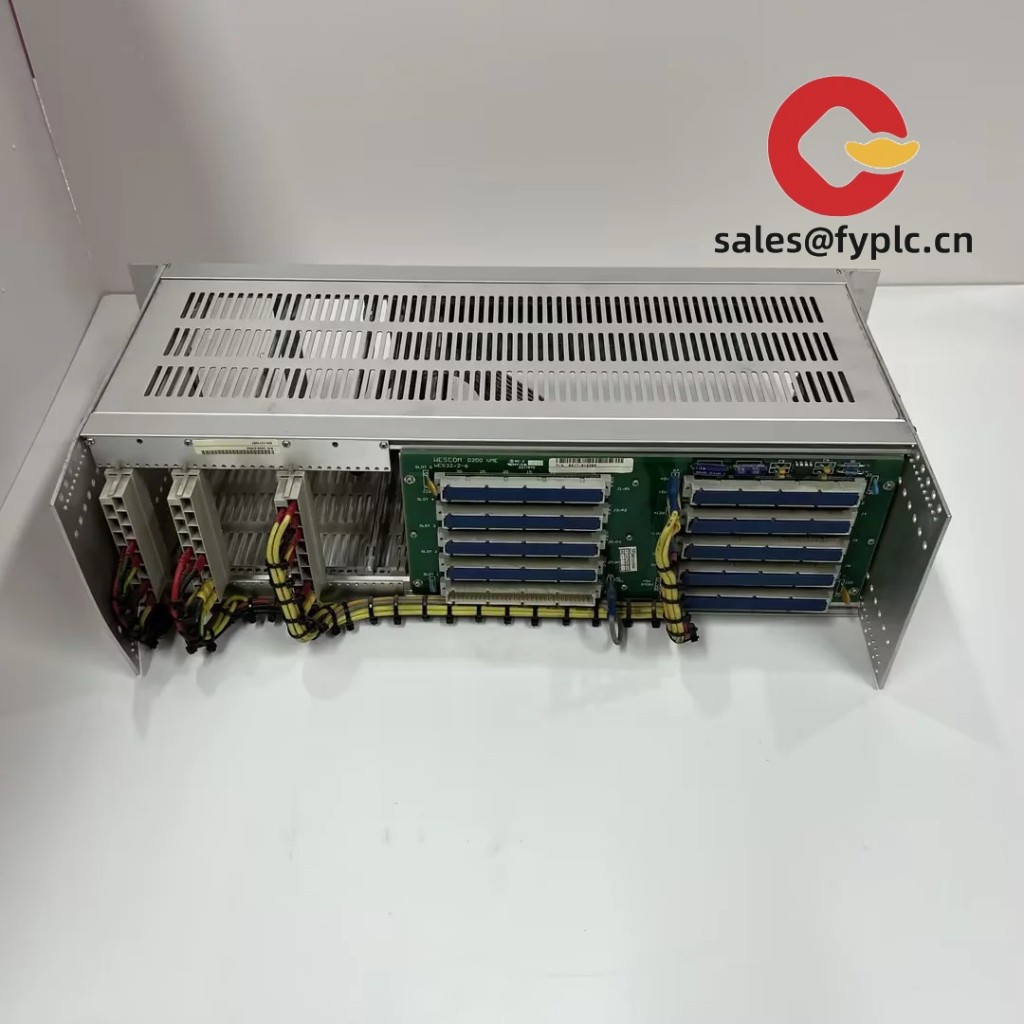
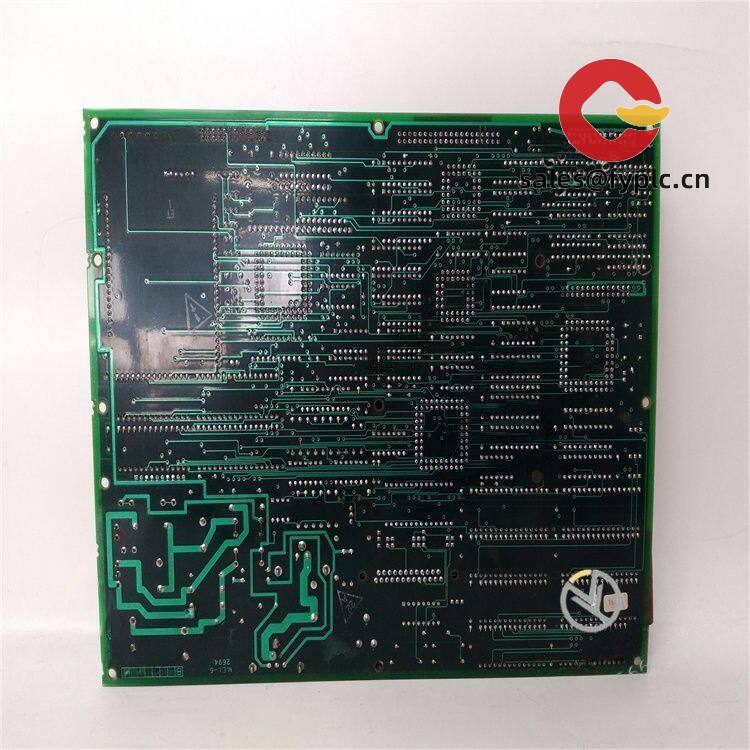
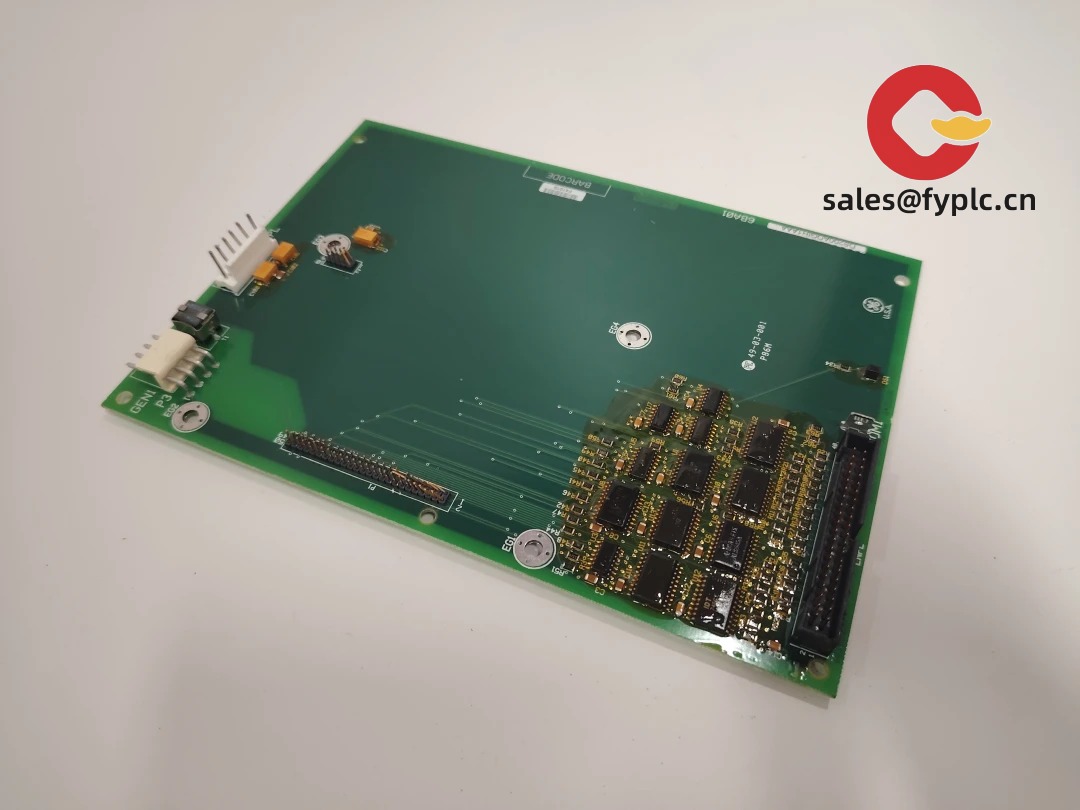
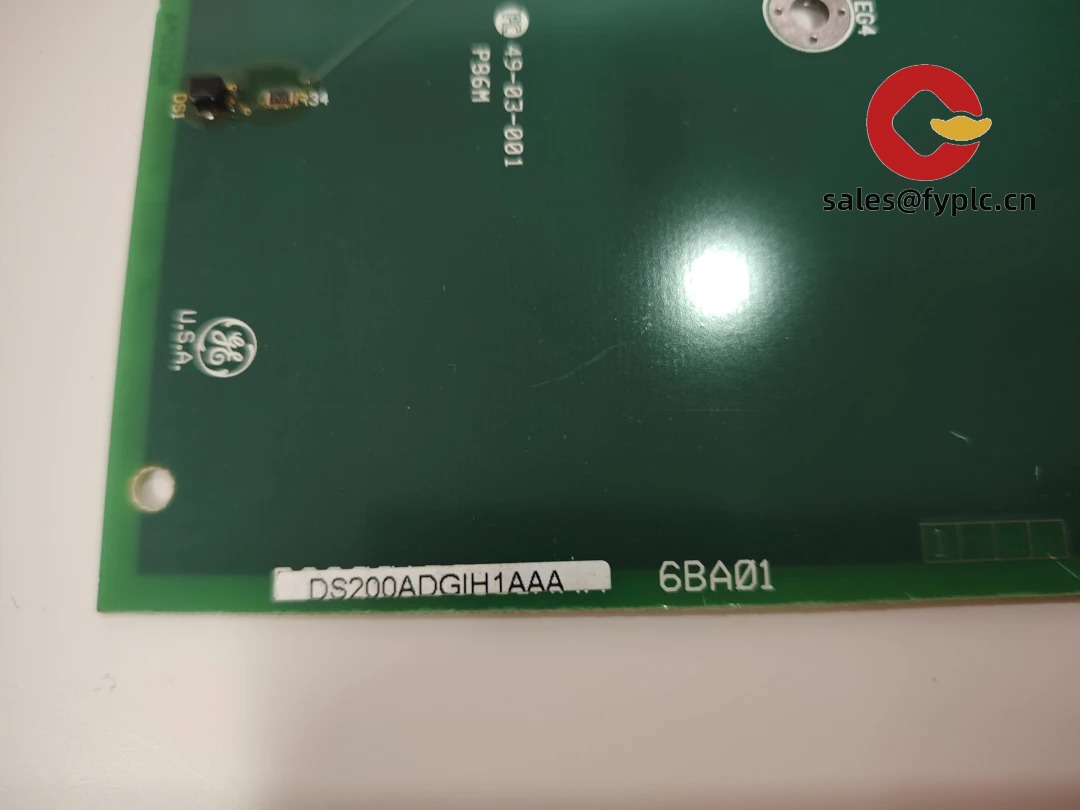
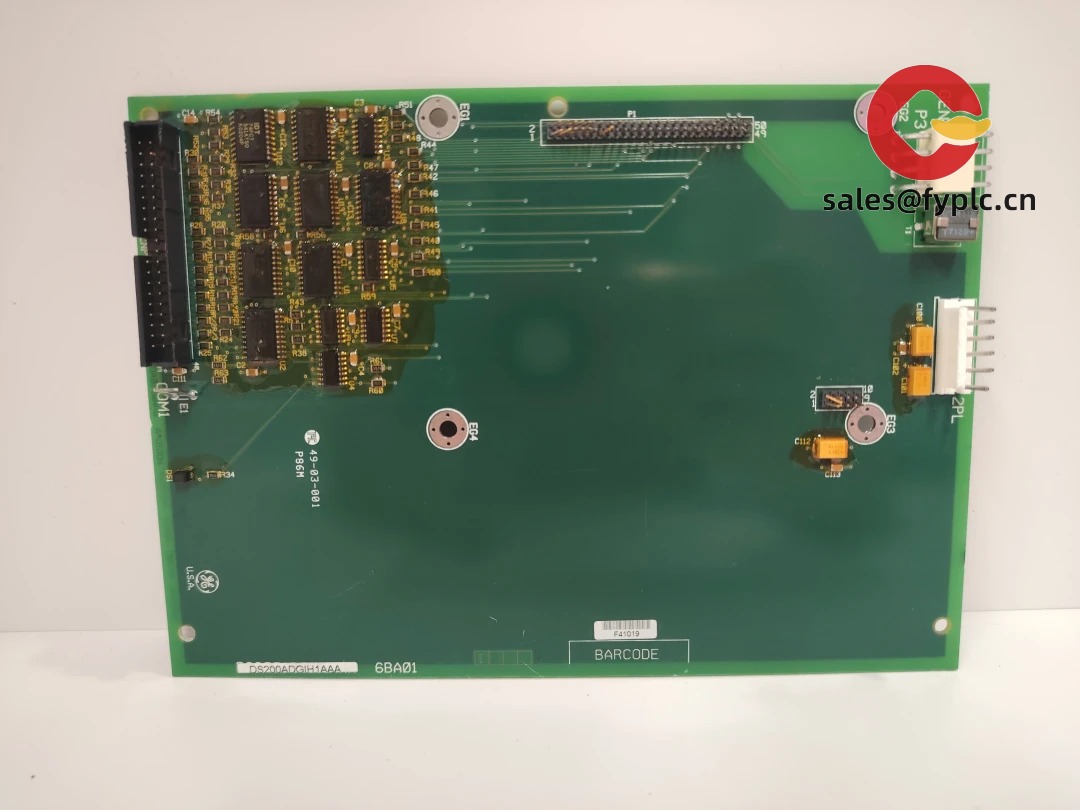
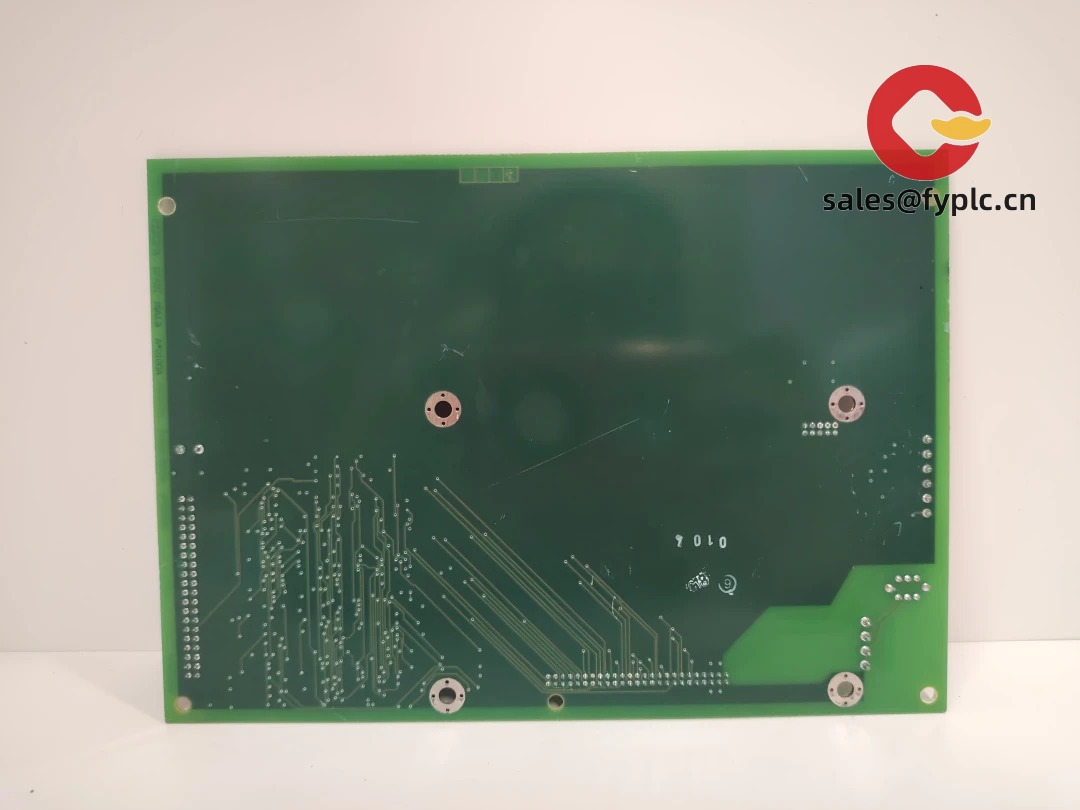



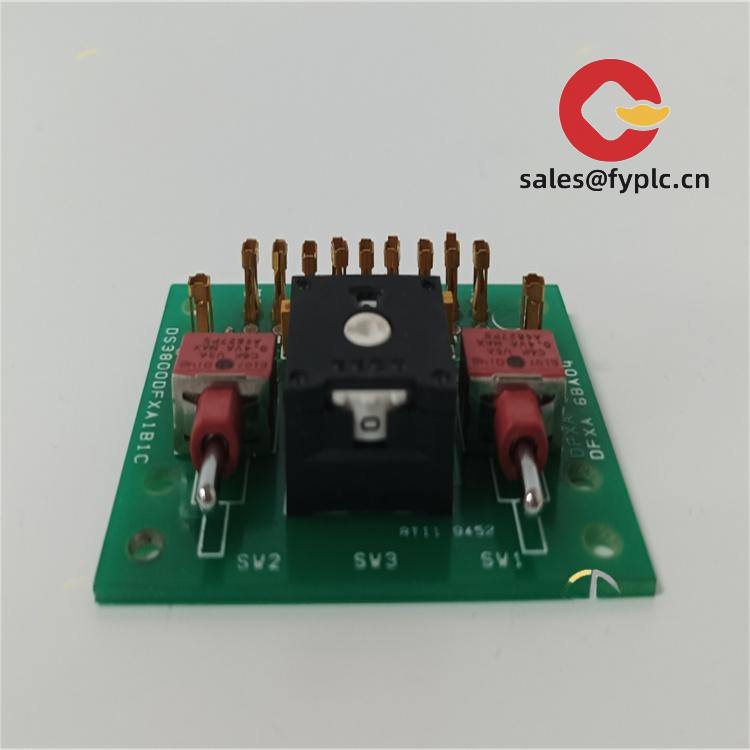
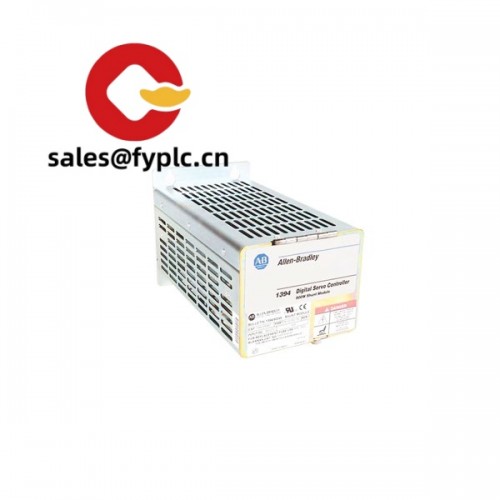
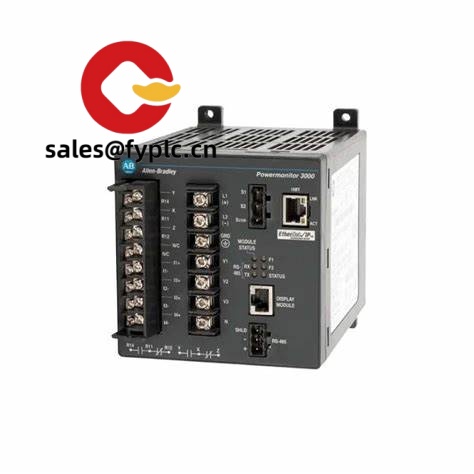
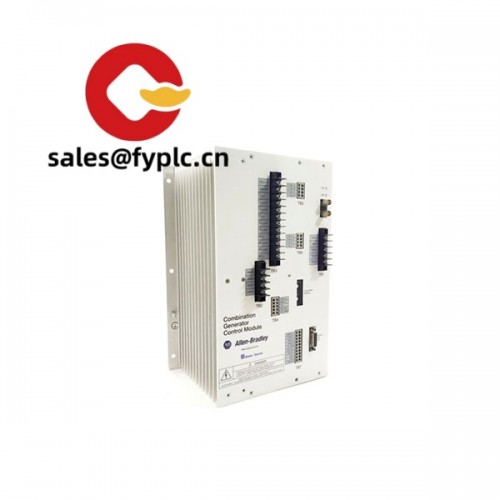
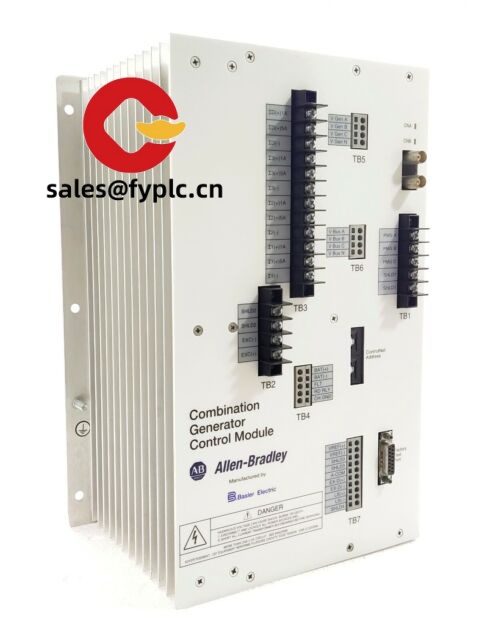
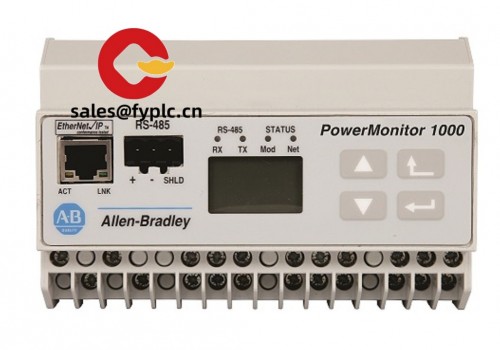


Reviews
There are no reviews yet.